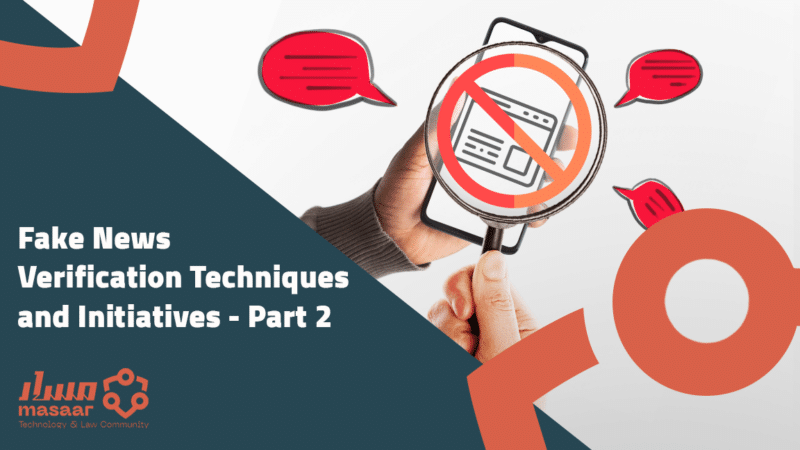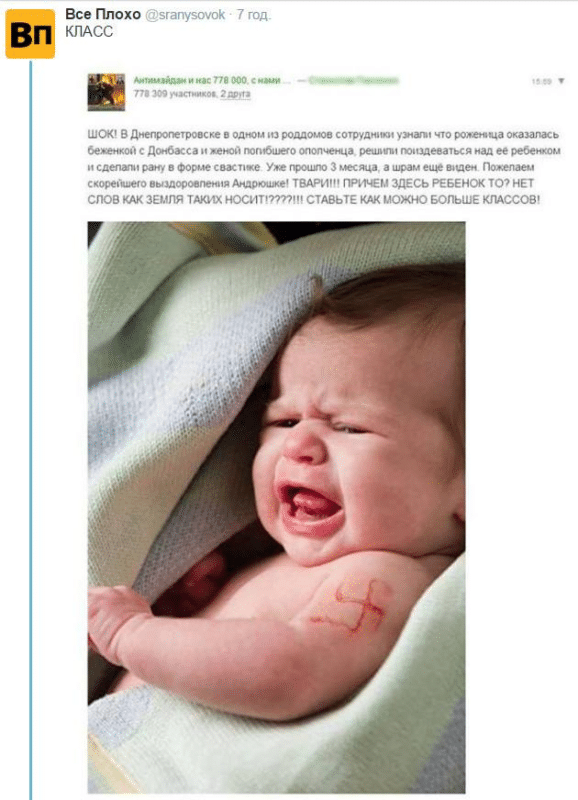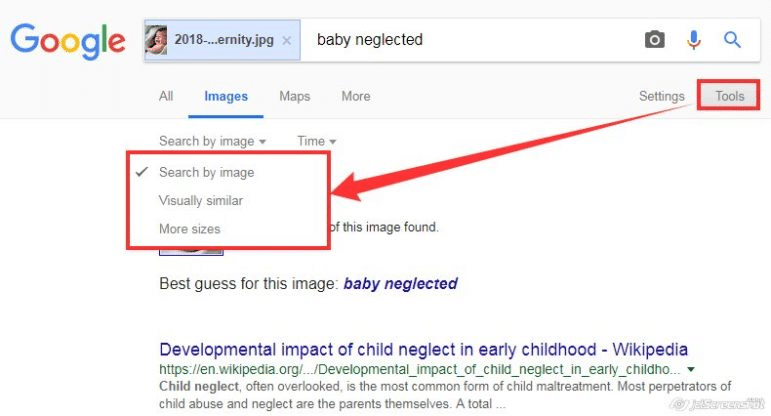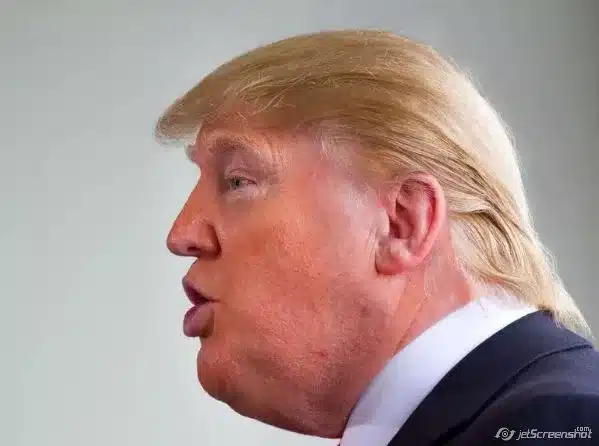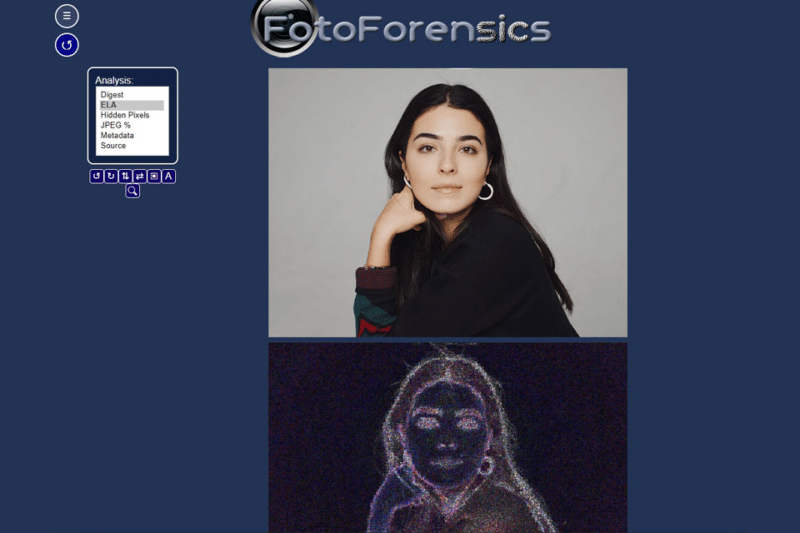For the first part of this paper:
Introduction
With the proliferation of fake news, it is imperative that we find a way of verifying news and information. However, before we even fact-check and verify such information, what is more critical is that we understand the various techniques used in spreading fake news and how to curb them. Failing to understand these techniques may imply that we become unable to identify suitable mechanisms for verification and fact-checking. This paper covers various fake news techniques and suitable tools for fact-checking and verifying the news.
The techniques used for the spread of fake news can be classified into the following key categories:
- Photo manipulation
- Video Tricks
- Twisting Facts
- Misrepresented experts, pseudo-experts & imagined experts
- Use of the media
- Data manipulation
Photo-manipulation
Manipulating photos has been identified as the easiest technique to fake news, thus making it also the simplest to expose for people with adequate knowledge. There are two techniques for manipulating photos, first is editing them using special programs, including Adobe Photoshop, and second is presenting real photos to appear as if they were taken at another place or time. For both cases, there are tools for exposing the fake. A journalist should have knowledge of finding out when the images were taken, and whether an editing program was used for processing them. Image forensic experts use various tools for spotting images that have been manipulated. For example, algorithms can be used for spotting cloned areas. The other techniques include creating a virtual three-dimensional model from scratch for analyzing the way light falls on a scene.
However, for the average person who neither has access to such tools nor the time or skills for appropriately detecting dodgy-looking images, a few basic things can be done.
Reverse Image Search
This is quite basic for anyone. When a suspicious image pops up on Facebook or Twitter, you should yearn to see if it’s ever been on the Internet before through a simple reverse image search, using TinEye or Google. At times, a Google Search is inadequate for finding an image’s source and when it does not help, try using TinEye. Ideally, the core difference between Google and TinEye is that TinEye recognizes edited or identical copies of images.
An example of photo manipulation is that sometimes when a natural disaster occurs, people often circulate manipulated images or images from different incidents to exaggerate the effects of the disaster. In case an image has been recirculated from other websites or repurposed for a recent disaster, a reverse image search can help to discover the manipulation. At the same time, the image may have been debunked on other outlets such as Snopes.com.
More practically, GIJN presents a more detailed way of how to detect photo manipulation using Reverse Image Search. The site provides an example of a fake photo that was created using Adobe Photoshop to edit the original.
The image below is a screenshot from a pro-Russian group page on Vkontakte. The image was widely spread in 2015 and shows a newborn child with a swastika cut on the arm that is claimed to be made by the baby’s family.
However, the image is fake and one can easily find its original showing the baby without wounds on the Internet.
Google Images Reverse Search is the simplest way of verifying such an image. It has numerous beneficial functions, including searching for other sizes of an image and similar images. To use it, you can use your mouse to grab, drag, and drop the image into the search bar of the Google images page or simply copy and paste the address of the image. Use the Tools menu to select the options “more sizes” or “visually similar.”
When one uses the option of ‘more sizes,’ it leads to an article written in 2008. While the original photo may not be displayed, it substantiates that the photo was not taken in 2015, and it lacks a swastika.
The other example is a complex fake image created to mock Donald Trump as US president by allegedly showing an unflattering view of the profile. The photo circulated widely on social media in October 2017. For this case, a journalist can find the source of the fake news using a mirror effect tool then TinEye or FotoForensics.
FotoForensics
Fotoforensics is a tool for analyzing images, showing the potential areas where they could have been changed. It can be helpful for analyzing digital images to ascertain whether the image has been changed or not. Fotoforensics is a free-to-use site and there is no need for an account for checking a specific image. One can upload the file from a URL or their device to get a report including information such as error level analysis or metadata. The tool has various tutorials to help the user get more information regarding how to analyze what is seen, and the meaning of each of the factors included within the report. In addition, Fotoforensics is efficient since it provides precise data regarding altered and photoshopped pictures. It does so by using a certain algorithm to tell whether the photo was photoshopped or not. In addition, it offers four forms of data to assist users in checking whether the image has been altered: Meta Data, JPEG, Original, and ELA. One of the considerations while using this tool is that it cannot provide a verdict on whether the image has been edited or not. However, it provides information that can enable the user to decide. While it is vital for the verification process, one of its limitations is that it cannot provide all the answers in a short time.
With all this information in mind, how do you check if an image has been photoshopped using Fotoforensics? The first step is to upload the picture (you will see two images: the original and the analyzed ones). It implies that one can examine ELA and discover whether the image has been photoshopped or not. ELA is an acronym for error level analysis, and demonstrates the error level on the image, hence identifying whether Photoshop was used for editing or not. If the picture was photoshopped or changed, the color will be noticed in picture analysis. If it is not edited, a regular white color will be seen in the image. The other means is using Jpeg% which demonstrates the image quality after the last save. A low percentage implies that the picture was altered using a photo editor.
Video Tricks
Video manipulation happens on a regular basis similar to image manipulation. Unlike image verification, verifying fake videos takes more time, and is more difficult. It is important to watch the video to detect any discrepancies: strange moments, inaccurate gluing, or distorted proportions. Examining details such as reflections, shadows, and the sharpness of varying elements is also critical. A nation and a city where an image was taken can be identified using street names, car numbers, and store signs. In case of unusual buildings within the photo, one can view them in the Street View mode of Google maps. One can also check out the weather for a particular place and time through the archives of weather forecasting websites. In case it was raining the whole day, but the video shows the sun shining, then it is untrustworthy. A useful site is the Weather Underground.
The use of old videos for illustrating new events is one of the technologies used for creating new fake news with video. In case a video is entrenched into a piece of news, one can visit the original tweet, Facebook post, or YouTube video and read its comments. The online audience, particularly on YouTube and Twitter, is quite responsive and active. Occasionally, there are links to the source and adequate information for refuting a fake. Doing so enables us to access the original YouTube video showing the correct location. One can also detect the old video technique by quickly examining the account that posted a video. To locate an original video, the YouTube Data Viewer of Amnesty International can play a critical role in clarifying an exact upload time and date and verifying whether a YouTube video has ever been posted on the platform. For example, in February 2018, Observers of France 24 debunked a video showing squads of Turkish fighter jets on a bombing mission over Syria. The video had been posted on various YouTube accounts on January 21, 2018. The YouTube DataViewer checked it and confirmed that it was a fake video.
The second technique used for video manipulation is placing part of a video or the whole of it in another context. Occasionally, people should find out extra facts regarding a video to substantiate that it is a false representation. InVid can be used to verify videos on social media, including Facebook, Vimeo, Dropbox, Instagram, YouTube, Dailymotion, and LiveLeak. Its use can be ascertained here where there are instructions on how to use it. The best way of finding the source of such videos is by using search machines, including Google.
The other technique is the creation of an entirely fake video which requires a lot of money and time. Mapping services, such as Wikimapia’s geographic and Google Maps for comparing the video’s apparent location and the real one, or the Google Street View service can be applied. At times, the fakes are quite clumsy, thus making them easy to expose. What is needed is just being attentive.
News manipulation/Twisting Facts
One of the techniques used in twisting facts is the publication of a true piece using a false title. Many people have a tendency of reposting articles on social media after only reading the headline, without even considering the entire text. Having a misleading title on real news is among the most common techniques used in faking news. The other common trick is taking quotations out of context. If one needs to verify a quote, Google Advanced Search can be used. Deleted material can be located using a Google Cache search or examining the source’s archive by date.
Disregarding crucial information that completely changes the news context, presentation of opinion as a fact, distorting a fact, and presenting entirely made-up information as fact are other techniques. For completely made-up information, basic searches can be critical for exposing falsified claims.
Misrepresented experts, Pseudo-experts & imagined experts
Unlike real experts, pseudo-experts usually appear once and disappear. To verify an expert’s authenticity, one can search for their biography, website, comments to other media, articles, social networking pages, and colleagues’ feedback on their activities. It is also crucial to search for these experts on the relevant organization’s website. In case they are not there, contacting the organization would be appropriate. This can easily be done via Facebook or Twitter since reputable organizations have an interest in stopping the spread of fake news regarding them and their experts. What seems to be reputable think tanks may be found to be questionable.
At times, entirely fake persons are also presented within the media as experts to propagate specific political views or influence the audience to take certain decisions. Some experts’ statements are also twisted or faked to distort the meaning of their words, especially by pulling certain phrases out of context. For instance, in May 2018, blog posts and tweets regarding a TV appearance by Deanne Carson, a sexuality educator, went viral. Users rallied against the purported advice. Carson allegedly stated that parents need to ask for a baby’s permission prior to changing their diaper. However, this was tantamount to exaggeration. She stated that children could be asked by their parents if it is okay to change their diapers in order to teach them the importance of their response, emphasizing that it is impossible for babies to agree to a diaper change.
In certain cases, the opinions of real experts are entirely faked. To verify them, visiting the think tank or organization’s site that the expert is affiliated with is vital. It is important to analyze the focus of their research, articles, or statements to ascertain whether they resonate with those in the news. Misrepresented experts are also accomplished by translating an expert’s words in a manipulative way. This technique is usually utilized during the translation from one language into another language. This can be counteracted by finding the original ones and retranslating them.
Use of the Media
Manipulators and propagandists use people’s tendency to trust and treat reputable media uncritically. Marginal blogs or media messages are usually spread with solid-sounding names, which claim to be from reputable media. For example, a plethora of Russian mass media, such as Vzglyad, a business newspaper, cited Western media while reporting on a dispute revolving around the repatriation of the bodies of the 13 Americans killed while engaged in fighting within Ukraine. However, the “western media” that was cited by Vzglyad was an untrustworthy paper as StopFake learned. The links of the newspaper went to the WhatDoesItMean.com site, while this news was authored by Sorcha Faal; an invented character who played a lead role in spreading rumors. Such manipulation can be countered by visiting the referenced sources and evaluating their credibility.
In addition, the news reported by reputable media can get manipulated by fake news media. An example is that a quote purportedly from California Congresswoman Maxine Waters regarding impeaching President Trump was digitally embedded into an image that had been pulled from a CNN broadcast. As a matter of fact, the quote was not hers and her image had been retrieved from an interview she held on another subject.
Data Manipulation
Methodological manipulation is another fake news technique, whereby surveys feature weak methodologies. For such cases, it is crucial to analyze and comprehend the methodology. Propagandist claims also usually resort to distorted survey results. The best method of refuting such misrepresentations is finding and exploring the full report.
Overall, the tools and tips provided are among the most common techniques used for faking news and can provide a foundation for understanding how to verify such information.

